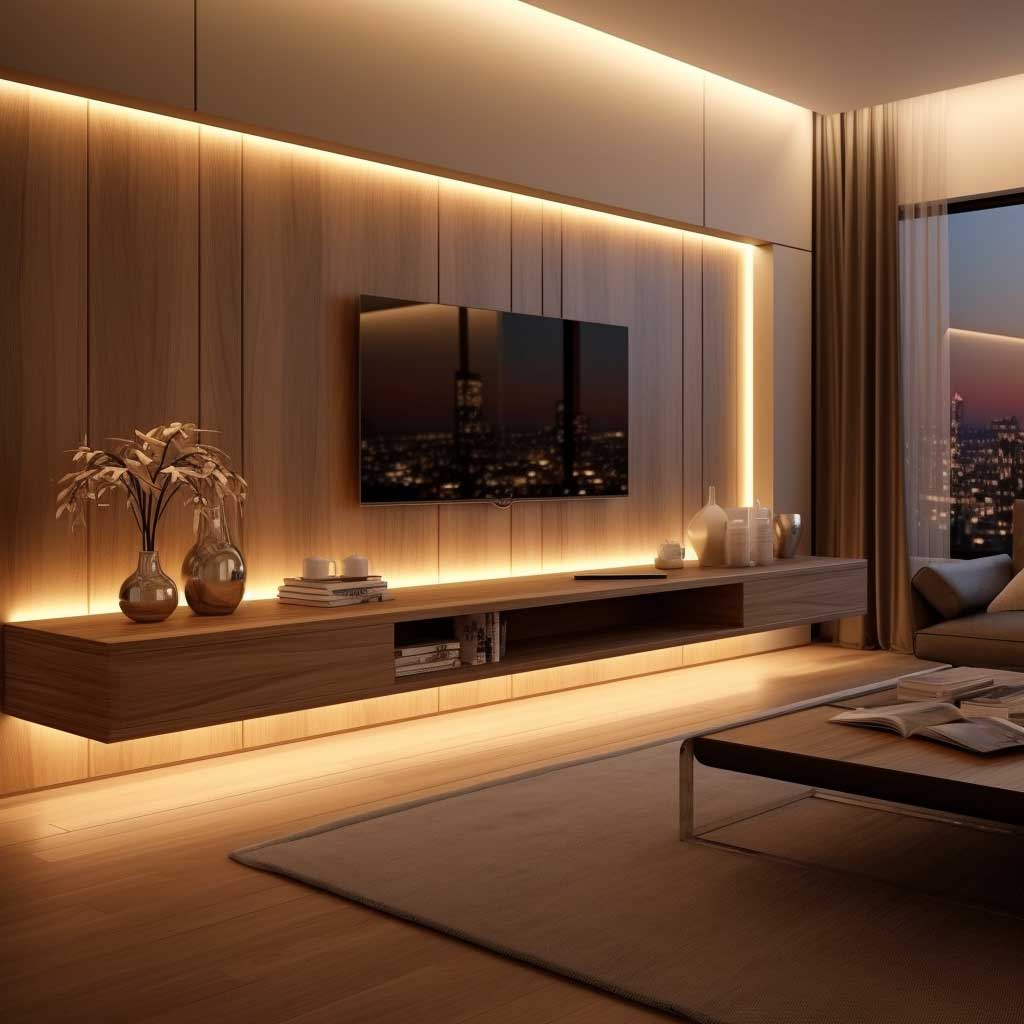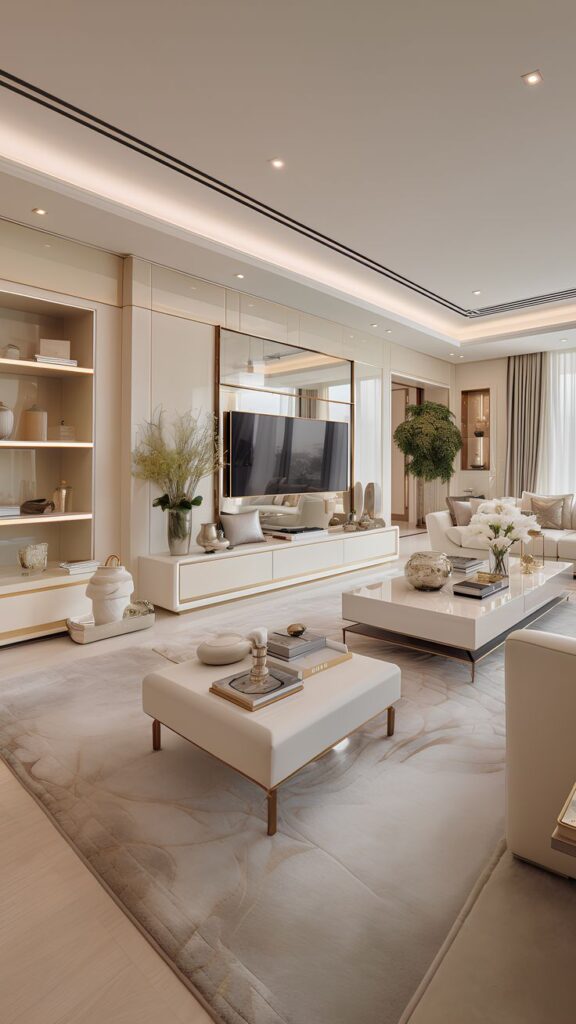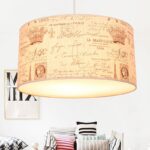
Lighting is an essential element in any room, but especially in the living room where we tend to spend a lot of our time. Good lighting can enhance the overall mood and atmosphere of the room, making it more inviting and comfortable.
There are several factors to consider when lighting your living room. Here are some tips to help you create the perfect lighting scheme for your space:
1. Layered Lighting: One of the key principles of lighting design is to incorporate multiple layers of lighting, including ambient, task, and accent lighting. Ambient lighting provides overall illumination for the room, while task lighting is focused on specific areas for activities like reading or watching TV. Accent lighting is used to highlight artwork or architectural features.
2. Natural Light: Take advantage of natural light by allowing as much of it as possible to enter the room. Use sheer curtains or blinds that can be easily adjusted to control the amount of sunlight coming in. Natural light can make the room feel more spacious and airy.
3. Overhead Lighting: Ceiling lights are a common source of ambient lighting in living rooms. Consider installing a chandelier, pendant lights, or recessed lighting to provide even and diffused illumination throughout the room. Dimmer switches are also a great addition to adjust the intensity of the overhead lighting based on your needs.
4. Table and Floor Lamps: For task lighting, place table lamps on side tables next to sofas or armchairs for reading or other activities. Floor lamps can also be used to provide additional lighting in dark corners or areas that need more illumination. Choose lamps with shades that diffuse light evenly for a softer, more comfortable glow.
5. Wall Sconces: Wall sconces are a stylish and functional way to add accent lighting to your living room. They can be mounted at eye level to illuminate artwork or create a cozy ambiance in the room. Wall sconces come in a variety of styles and finishes to complement your decor.
6. Highlight Features: Use lighting to highlight architectural features, such as built-in shelves, fireplace mantels, or decorative moldings. LED strip lights can be installed in these areas to create a subtle, yet dramatic effect. Similarly, spotlights can be used to showcase artwork or other focal points in the room.
7. Color Temperature: Consider the color temperature of the light bulbs you choose for your living room. Warm white bulbs (2700-3000 Kelvin) create a cozy and inviting atmosphere, while cool white bulbs (3500-4100 Kelvin) are better for task lighting and work areas. Daylight bulbs (5000-6500 Kelvin) provide a crisp and energizing light that is ideal for reading or tasks that require attention to detail.
By carefully planning and implementing a well-thought-out lighting scheme in your living room, you can create a warm and inviting space that is both functional and aesthetically pleasing. Experiment with different types of lighting and fixtures to find the perfect combination that suits your style and needs. Lighting is an essential element in interior design, so don’t underestimate its impact on the overall look and feel of your living room.
 Decor ideas Style Starts Here
Decor ideas Style Starts Here








